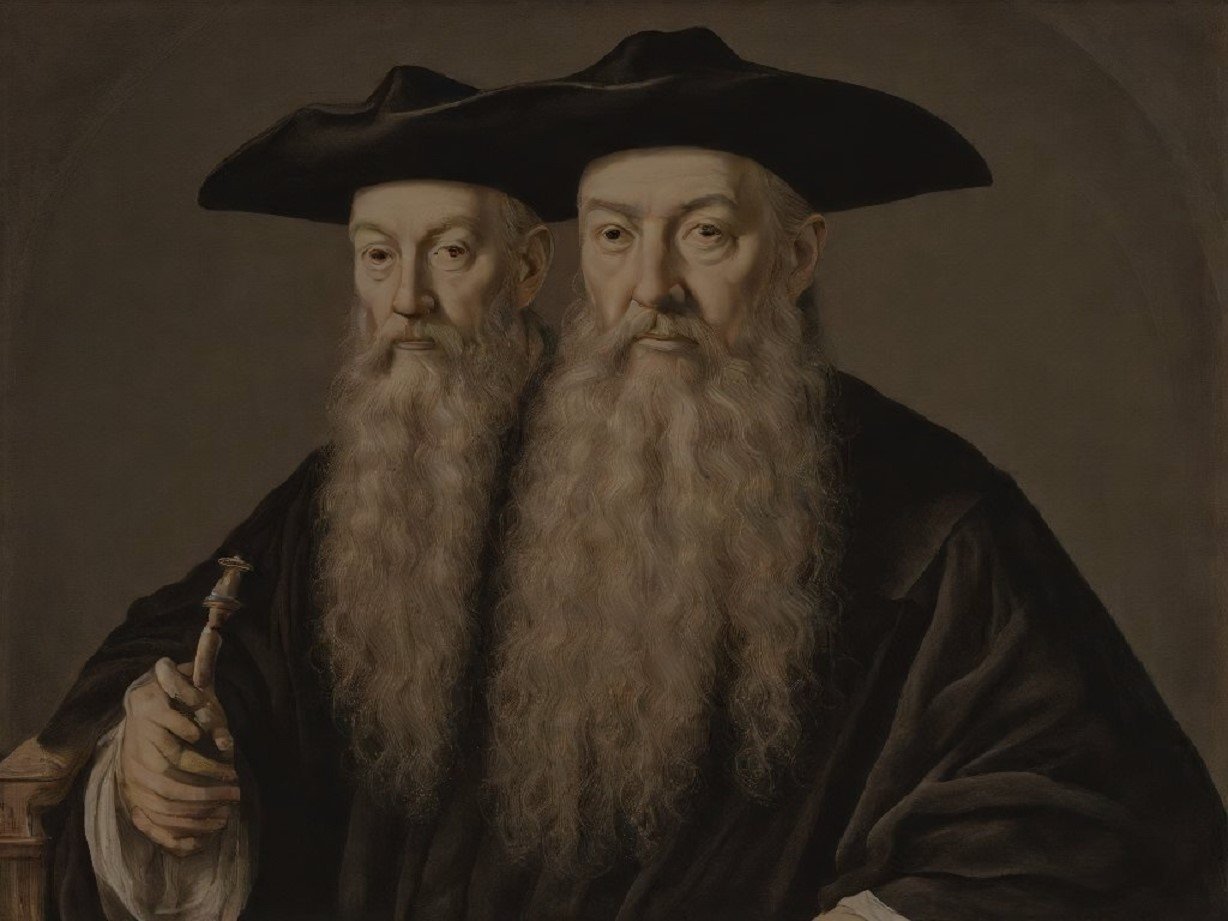He is best known for his book “Les Prophéties,” which is a collection of 942 poetic quatrains. He is often credited with predicting significant historical events.
Nostradamus, also known as Michel de Nostredame is a historical figure. Born in 1503, he was a French astrologer, physician, and seer whose prophecies have captivated people for centuries. Despite the ambiguity and vagueness of his writings, many believe they have foretold wars, natural disasters, and even the rise of political leaders.
Early Life and Background
Nostradamus was born in Saint-Rémy-de-Provence, France, into a family of Jewish descent that had converted to Catholicism. He was well-educated, studying humanities, astrology, and medicine. His background as a physician was especially important during a time when the plague was rampant in Europe. Nostradamus gained a reputation for his unconventional but effective methods in treating the disease.
The Prophecies
“Les Prophéties,” first published in 1555, is Nostradamus’ most famous work. The book is divided into centuries, each containing 100 quatrains (four-line poems) written in a mix of French, Latin, and Greek. These quatrains are cryptic and open to interpretation, which has contributed to their enduring allure.
Nostradamus’ predictions have been interpreted as foreseeing major events such as the Great Fire of London in 1666, the rise of Napoleon Bonaparte, Adolf Hitler’s regime, and even the September 11 attacks in 2001. However, critics argue that his quatrains are so vague that they can be interpreted to fit almost any event, and much of the supposed accuracy is the result of post-event rationalization.
Influences on Nostradamus
Nostradamus combined a variety of sources for his predictions. He was influenced by the Bible, ancient histories, and even folklore. His method was a blend of astrological analysis and deep meditation, often conducted late at night. He claimed to receive visions of the future through these practices, which he then encoded in his quatrains.
Heavily influenced by classical and medieval authors, Nostradamus’ work also reflects the political and social turmoil of his time. His cryptic style allowed him to avoid direct conflict with the authorities, who might have viewed his prophecies as seditious or heretical.
Legacy and Controversy
Nostradamus has remained a figure of fascination, especially in popular culture. His quatrains have been subject to various interpretations, with some authors and scholars attempting to decode his writings to predict future events. However, the scientific community largely views Nostradamus’ work as pseudoscience. The vague language and heavy reliance on historical knowledge make his quatrains more a reflection of his era than actual predictions of the future.
Despite this, Nostradamus has left an indelible mark on the world, influencing literature, movies, and even the way some people approach the concept of prophecy. His name is often invoked during times of crisis, as people seek to find meaning or guidance in his enigmatic verses.
All about Nostradamus
Nostradamus remains one of history’s most famous and controversial figures. Whether viewed as a genuine prophet or a master of ambiguity, his work continues to spark debate and intrigue. The fascination with his prophecies is likely to endure, as humanity has always been drawn to the idea of predicting the future, even in the most cryptic of terms.
